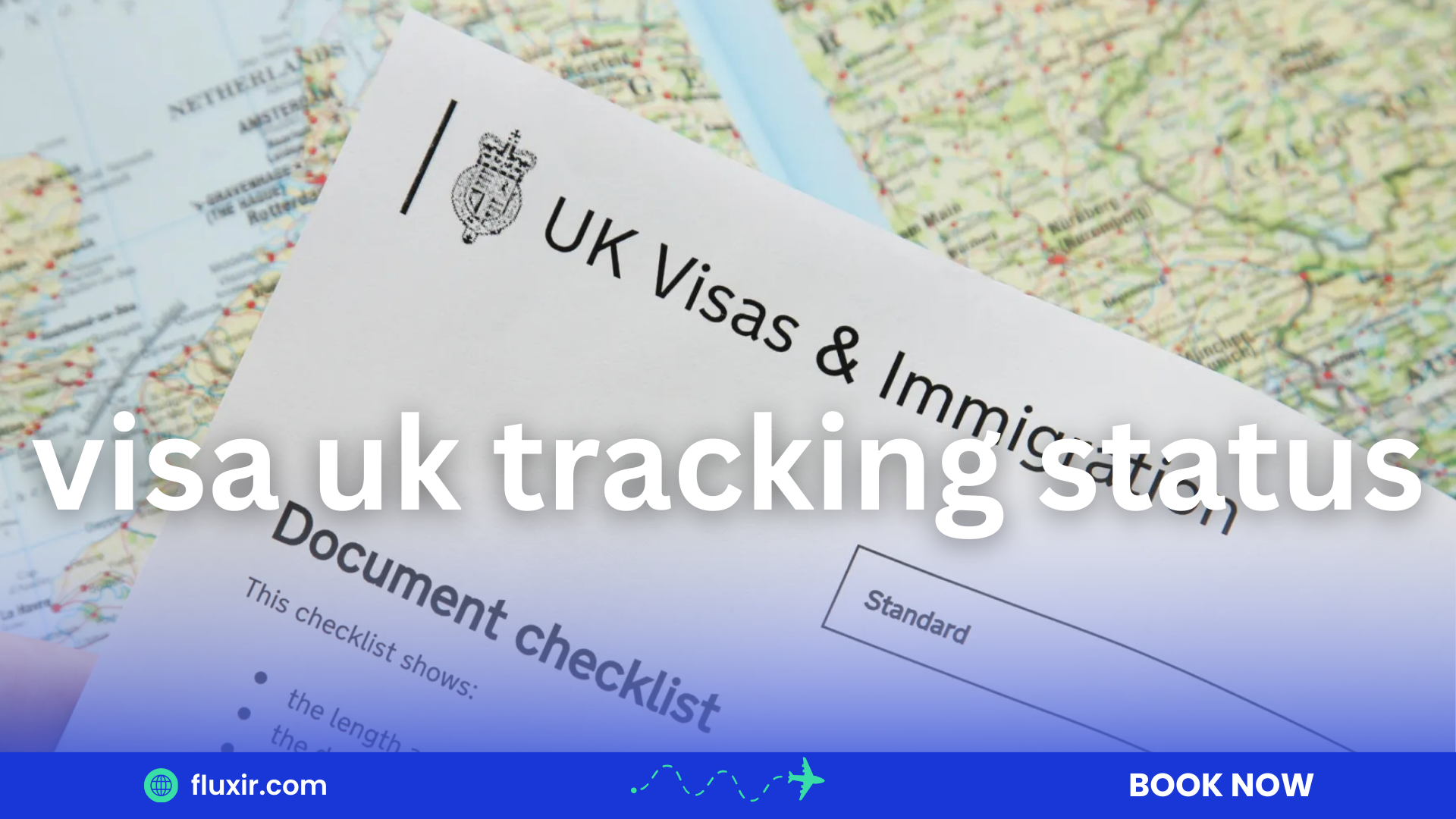Japan Electronic Visa system was officially launched in 2023 as part of the country’s broader efforts to boost tourism and streamline administrative procedures.
The e-Visa allows travelers to apply for a visa online, eliminating the need to visit Japanese embassies or consulates in person. This system is available to citizens of selected countries initially, with plans to expand its availability in the near future.
The e-Visa is currently available for short-term stays, such as tourism, business, and short-term visits to friends or family.
Applicants can complete the entire process online, from filling out the application form to uploading required documents and receiving their e-Visa via emailImportance and benefits of the e-visa for traveler
List of countries eligible for Japan Electronic Visa
Japan has long been a desirable travel destination, known for its rich history, vibrant culture, and stunning landscapes.
In an effort to make the process of visiting Japan more convenient, the Japanese government has introduced an electronic visa (eVisa) system.
This system allows travelers from eligible countries to apply for and receive a visa online, streamlining the process and making it easier to plan a trip to Japan.
Among the countries eligible for Japan Electronic Visa are several Arabic-speaking nations. Below is a comprehensive list of these countries and an overview of the eVisa application process.
Read more about: Fluxir Travel Providers: Your Gateway to Global Adventure
Eligible Arabic-Speaking Countries
As of the latest updates, the following Arabic-speaking countries are eligible for the Japan Electronic Visa:
- United Arab Emirates (UAE)
- Saudi Arabia
- Qatar
- Oman
- Bahrain
- Kuwait
- Jordan
- Lebanon
- Egypt
- Morocco
- Tunisia
- Algeria
These countries have been included in Japan Electronic Visa program as part of efforts to promote tourism and facilitate easier access for travelers from these regions.
Types of visas available under the e-visa system
Required Documents for Japan Electronic Visa
Traveling to Japan has become more convenient with the introduction of the Japan Electronic Visa (eVisa). The eVisa system simplifies the application process, allowing travelers to apply online without needing to visit a consulate or embassy.
To ensure a smooth application process, it is essential to have all the required documents ready. Here is a detailed guide on the necessary documents for obtaining a Japan eVisa.
1. Valid Passport
The primary document required for the Japan Electronic Visa application is a valid passport. The passport must meet the following criteria:
- Validity: The passport should be valid for at least six months beyond the date of entry into Japan.
- Blank Pages: It should have at least two blank pages for entry and exit stamps.
- Condition: The passport should be in good condition, with no damage or missing pages.
A scanned copy of the passport’s biographical page, which includes personal information and the passport photograph, is typically required during the eVisa application process.
2. Recent Passport-Sized Photograph
A recent passport-sized photograph is another crucial requirement for the Japan Electronic Visa application. The photograph must adhere to the following specifications:
- Size: The photo should be 45mm x 35mm.
- Background: The background should be plain white or light-colored.
- Quality: The photo must be in color, high resolution, and free from any shadows or reflections.
- Face Position: The face should be centered and occupy 70-80% of the photo. The applicant should have a neutral expression, with eyes open and mouth closed.
- Headgear: No headgear is allowed unless worn for religious reasons. In such cases, the headgear should not obscure the face.
It is advisable to have the photograph taken by a professional to ensure it meets all the necessary requirements.
3. Proof of Travel Itinerary
Applicants must provide proof of their travel itinerary to demonstrate their travel plans and purpose of visit. The itinerary should include:
- Flight Details: Copies of confirmed flight bookings, including return tickets.
- Accommodation: Proof of accommodation bookings, such as hotel reservations or an invitation letter from a host if staying with friends or family.
- Travel Dates: Clearly stated travel dates, including the duration of stay in Japan.
Having a well-documented travel itinerary helps establish the applicant’s intent to return to their home country after the visit.
4. Additional Documents Based on Visa Type
The additional documents required for the Japan eVisa application depend on the type of visa being applied for. Here are some common visa types and their respective document requirements:
Tourist Visa
For a tourist visa, applicants may need to provide:
- Bank Statements: Recent bank statements showing sufficient funds to cover the trip expenses.
- Employment Letter: A letter from the employer confirming the applicant’s employment status and granting leave for the trip.
- Travel Insurance: Proof of travel insurance covering medical expenses and emergencies during the stay in Japan.
Business Visa
For a business visa, additional documents might include:
- Invitation Letter: An invitation letter from the Japanese business partner or host company detailing the purpose of the visit, duration of stay, and business activities.
- Company Letter: A letter from the applicant’s employer outlining the nature of the business trip and confirming the applicant’s position and employment status.
- Conference Registration: If attending a conference, proof of registration and a detailed agenda of the event.
Student Visa
For a student visa, the following documents are typically required:
- Acceptance Letter: A letter of acceptance from the Japanese educational institution where the applicant will be studying.
- Financial Support: Proof of financial support, such as bank statements or a sponsorship letter, to cover tuition fees and living expenses.
- Academic Records: Copies of previous academic transcripts and certificates.
Work Visa
For a work visa, applicants may need to provide:
- Employment Contract: A signed employment contract from the Japanese employer detailing the job position, salary, and terms of employment.
- Certificate of Eligibility: A Certificate of Eligibility (COE) issued by the Japanese immigration authorities.
- Professional Qualifications: Copies of relevant professional qualifications and work experience certificates.
Step-by-Step Application Process for Japan Electronic Visa
Japan has made it easier for travelers to visit by introducing an electronic visa (e-visa) system. This streamlined process allows applicants to complete the visa application online, reducing the need for physical paperwork and in-person visits to consulates. Here is a step-by-step guide on how to apply for a Japan Electronic Visa
Step 1: Visit the Official Website
To begin your application for a Japan electronic visa, the first step is to visit the official e-visa application portal. The URL for the official website is Japan Electronic Visa.
Step 2: Overview of the Website Interface
Upon visiting the website, you will find a user-friendly interface designed to guide you through the application process efficiently. The homepage typically features:
- Navigation Menu: Located at the top, the menu provides links to essential sections like “Apply for e-Visa,” “FAQs,” “Visa Policy,” and “Contact Us.”
- Announcements and Updates: Important updates regarding the Japan Electronic Visa application process, eligibility criteria, and any changes to visa policies are prominently displayed.
- Application Guidelines: Detailed instructions on how to complete the application, including document requirements and fee information.
- Login/Registration Section: A dedicated area where new users can create an account and returning users can log in to continue or check the status of their application.
The website is designed to be intuitive and accessible, ensuring that users can easily find the information they need and navigate the application process without difficulty.
Step 3: Create an Account
Before you can start your application, you need to create an account on the e-visa portal. Follow these steps:
- Click on “Create an Account”: Locate the registration section on the homepage and click on the “Create an Account” button.
- Fill in Personal Information: You will be prompted to provide basic personal details such as your full name, email address, date of birth, and nationality. Ensure that all information is accurate and matches your passport.
- Set Up Login Credentials: Choose a secure password for your account and confirm it. Make sure to use a combination of letters, numbers, and special characters to enhance security.
- Email Verification: After submitting your details, you will receive an email with a verification link. Click on the link to verify your email address and activate your account.
- Login to Your Account: Once your email is verified, return to the e-visa portal and log in using your newly created credentials.
Step 4: Fill Out the Application Form
After logging in, you can begin filling out the Japan Electronic Visa application form. The form will require detailed information, including:
- Personal Details: Name, gender, date of birth, nationality, and passport information.
- Travel Information: Purpose of visit, intended date of entry, and details of your accommodation in Japan.
- Background Information: Previous travel history, employment details, and any criminal records.
Ensure all information is accurate and complete. Any discrepancies or errors could result in delays or denial of the visa application.
Step 5: Upload Required Documents
The next step involves uploading the necessary supporting documents. Commonly required documents include:
- A scanned copy of your passport’s biographical page.
- A recent passport-sized photograph.
- Proof of travel arrangements (flight itinerary, hotel reservations).
- Financial statements or proof of sufficient funds.
Make sure that all documents are clear and legible, and meet the specified requirements.
Step 6: Pay the Visa Fee
After submitting your application and documents, you will be directed to the payment section. The visa fee can be paid online using a credit or debit card. Ensure that the payment is successfully processed and keep a copy of the payment receipt for your records.
Step 7: Submit the Application
Once you have completed all the required steps, review your application thoroughly. If everything is in order, click on the “Submit” button to finalize your application. You will receive a confirmation email with your application reference number.
Step 8: Wait for Processing
The processing time for a Japan Electronic Visa can vary, but you will typically receive a decision within a few business days. You can check the status of your application by logging into your account on the e-visa portal.
Step 9: Receive Your e-Visa
Once your application is approved, you will receive your Japan Electronic Visa via email. Print a copy of the e-visa and carry it with you when you travel to Japan. You will need to present it along with your passport upon arrival.
Applying for a Japan Electronic Visa is a straightforward and efficient process that can be completed in a few simple steps. By following this step-by-step guide, you can ensure that your application is accurate and submitted without any issues.
Start by checking your eligibility and gathering all necessary documents, such as your passport and a recent photograph. Next, fill out the online application form with your personal and travel information, ensuring that all details are correct.
Once the form is completed, submit it online and pay the required visa fee. After submission, monitor your email for any updates or additional requests from the Japanese authorities.
Upon approval, you will receive your Japan Electronic Visa via email, which you should print and carry with you when traveling to Japan. By adhering to these guidelines, you can facilitate a smooth application process and look forward to enjoying your visit to Japan with ease.




